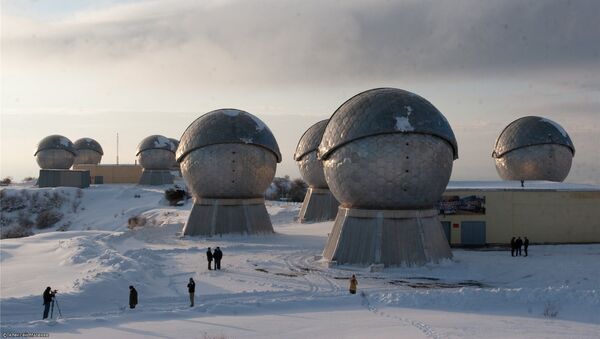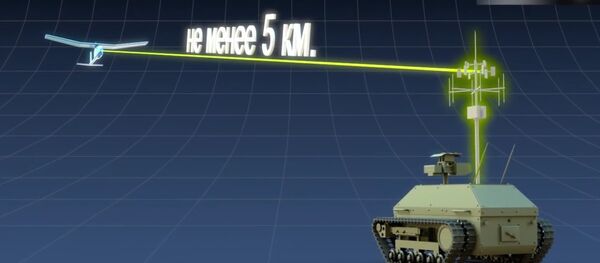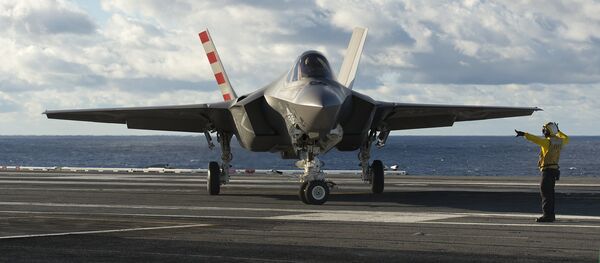In an interview with the Russian news network Life.ru, Ivashina explained that "this will be a network of next-generation special radio-electronic surveillance complexes."
He said that unlike current systems, the new complexes will be equipped with new hardware components.
"It will greatly increase their combat capabilities as compared to previous generations," Ivashina pointed out.
Using the new complexes, the Russian Aerospace Forces will be able to permanently monitor the near-Earth space at all inclinations and at a maximum altitude range, he said.

An essential part of the Russian Aerospace Forces, the Russian Space Surveillance System is an information system based on specialized tools designed for continuous and global assessment of the space situation in peacetime and during hostilities.
Additionally, the system uses a network of the early-warning radars, such as Voronezh-M in the southern Russian town of Armavir.
Last year, the Russian Defense Ministry said that the Okno-M station, which is based in Tajikistan in Central Asia and is part of the Russian Space Surveillance City, reached its full capacity.




